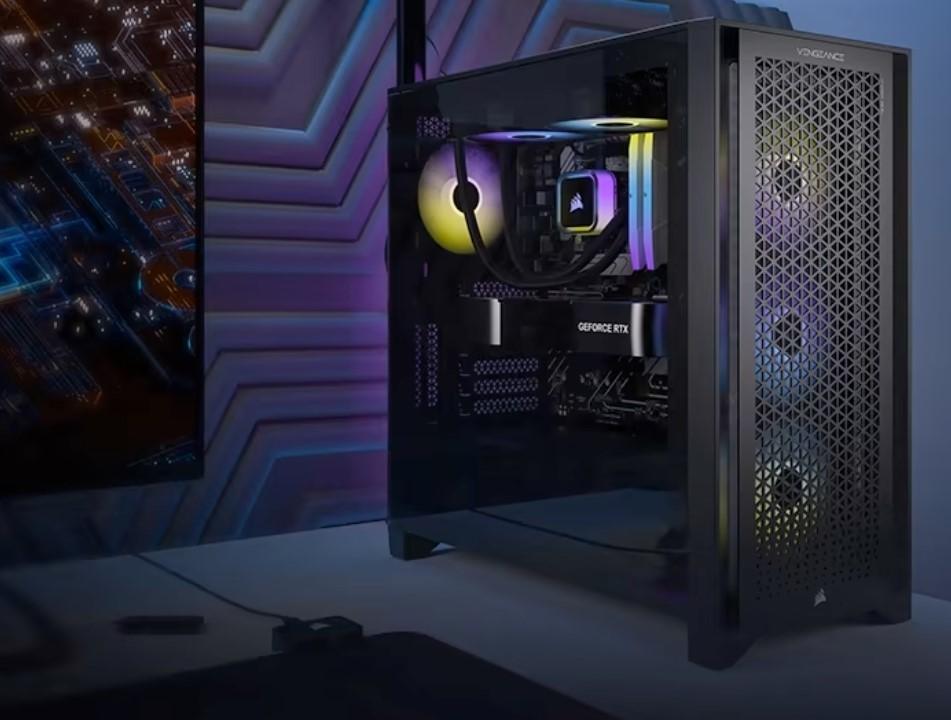
 |

Building your own personal computer (PC) can be a fun and satisfying process, but it's important to keep a few key points in mind. In fact, this procedure is not so complicated and does not require special training and two higher educations. Here are the main components and tools you may need:

PC components:
Processor (CPU): Choose a processor that fits your needs and budget.
Motherboard: Pay attention to the compatibility of the motherboard with the processor and other components.
RAM: Select an adequate amount of RAM for your use, taking into account the needs of operating systems and applications.
Video card (GPU): If you play games or work with graphics, choose the video card according to your needs.
Drives (HDD or SSD): Choose a hard drive (HDD) or solid-state drive (SSD) for data storage.
Power Supply: Choose a power supply that can provide enough power for all components.
Case: Choose a case that fits the size of the motherboard and your needs.
Optical drive (if necessary): For example, a DVD drive.
Tools and accessories: Tools: Screwdriver, pliers, set of heads, mini mug for releasing screws.
Static Belt: To avoid damage to components from static electricity.
Work surface: To avoid the risk of electrostatic discharge.
Documentation: An instruction manual for each component you purchase.
USB flash drive with operating system: To install the operating system.

Installation steps:
Installing the processor and cooling.
Installing the motherboard in the case.
Installation of memory modules in DIMM sockets.
Installing a video card and other advanced cards.
Connecting power and data cables to the motherboard and devices.

Installation of drives (HDD, SSD).
Completion of assembly and checking for correct connections.
Before starting installation, it is recommended to study the instructions for all components in detail. Assembling a PC requires care and attention, especially with regard to electrostatic discharge, to avoid damaging components.